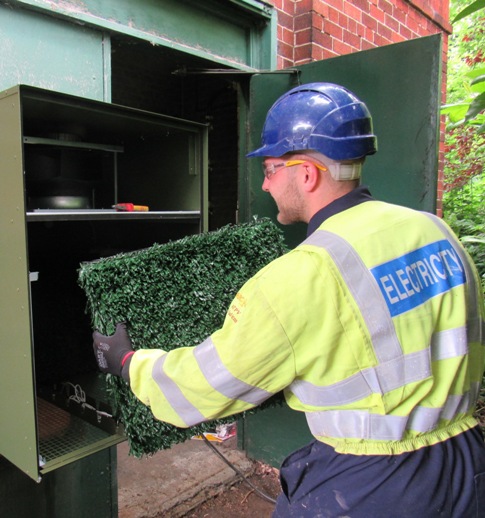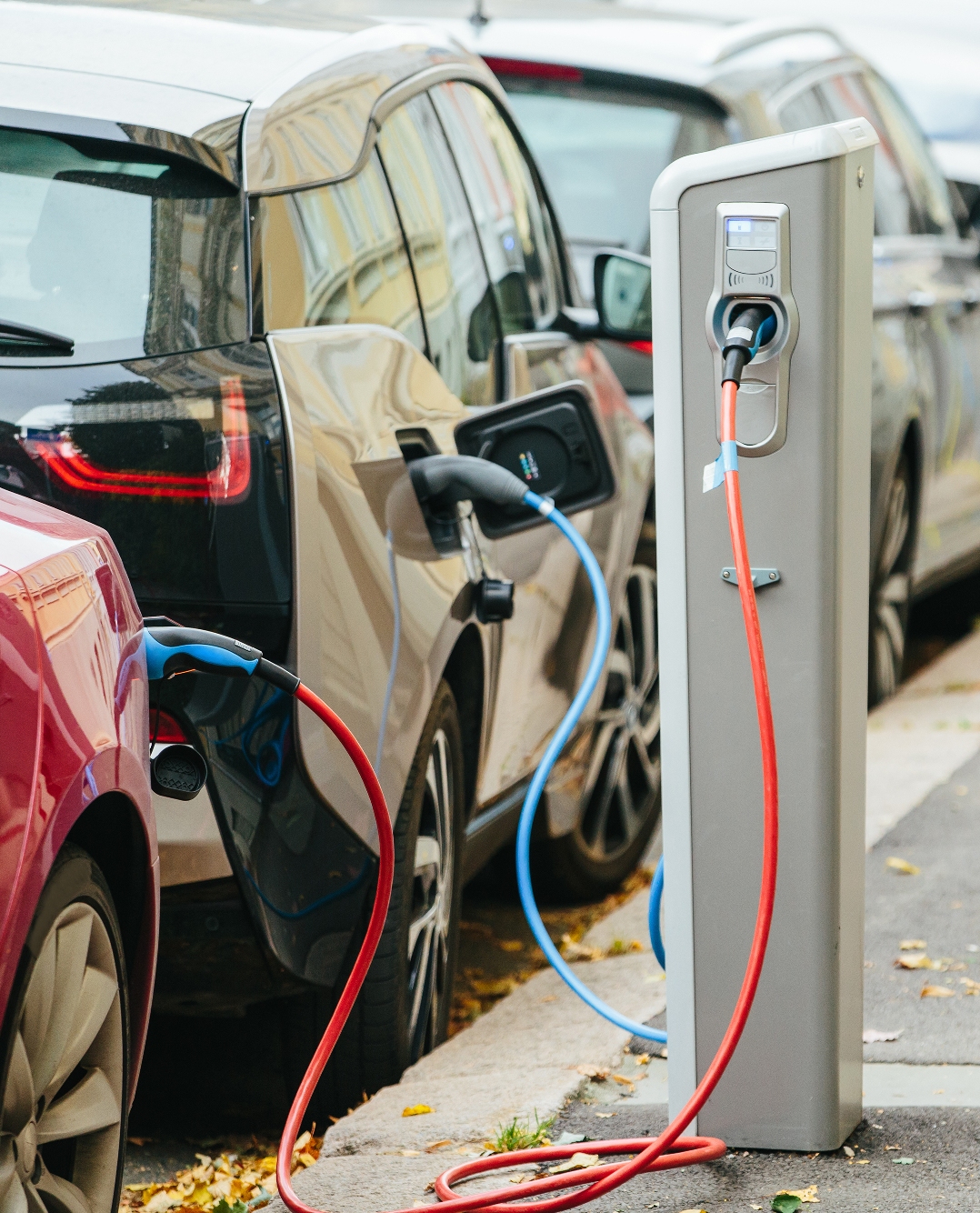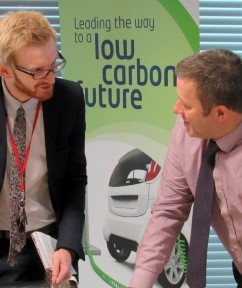Innovation update March 2019
Innovation update March 2019
Welcome to the latest issue of our innovation newsletter. In this issue we cover our new Network Innovation Allowance projects and the latest findings from our Celsius project.
Distribution Future Electricity Scenarios webinar

Sign up for our webinar and find out how we’re preparing for the future of electricity in the North West.
As the North West’s electricity network operator it’s our responsibility to plan for the future, support the economic development of our region and enable the North West to transition to a low carbon future.
We have recently published our first Distribution Future Electricity Scenarios and Regional Insights (DFES) publication which shows how we are preparing for this transition and provides details on how this will impact the different areas of the North West.
To find out more about DFES, please register for our webinar which takes place at 11.00am on Thursday 28 March 2019.
If you would like more information about DFES, please visit our webpage or sign up to receive updates on our network information and long term development statement.
Value of Lost Load 2

We have completed an extensive study to understand the value that different customers place on their electricity supply and this learning has been published on the Value of Lost Load (VoLL) project webpage. However, this study introduced a number of questions which warrant further research and we have now registered a follow-up project known as VoLL 2, as part of our Network Innovation Allowance portfolio.
VoLL 2 research comprises two distinct elements:
- Statistical analysis and industry consultation to explore the practicalities and regulatory implications for implementing an alternative VoLL model at scale across Britain
- Further empirical customer research to gain a better understanding of VoLL relative to the scale and duration of a supply interruption. This investigation will also consider the socialisation of costs arising from a revised model.
Under VoLL 2, we have carried out 500 interviews to supplement the 6,000 surveys conducted in the main study. This research has provided more detailed understanding of VoLL for different types of small to medium enterprises across a range of sectors. The survey also provided more information about the impact of a higher than average number of supply interruptions on domestic customers.
The final VoLL survey will be conducted later this year and will deliver an understanding of the societal value of investment to prevent supply interruptions versus that of managing the consequence of them. This research will guide how an alternative VoLL model can help us to more effectively plan investment in a manner that delivers greatest value to the DNO, informed by those most impacted, but which is fair to all.
Celsius update

After installing a variety of active and passive cooling techniques at 100 of our substations, we are now gathering data from all our trial sites which will enable us to see which of the different techniques are most effective. Analysis of this data is an on-going process during the project.
In addition to the Celsius trial sites, we have installed one of our Passcomm cooling units at a substation in Manchester where the transformer was showing signs of over-heating. The cooling unit is already helping to keep the temperature down and we are now working to identify a further suitable site to install a redesigned Passcomm unit which is smaller and more efficient but still provides the same cooling effect.
Work is now underway to integrate the Celsius methodology into our business as usual processes.
One of the main outputs of the Celsius project is a simple 'Thermal Ratings Tool' which will give us a better understanding of capacity for a distribution transformer depending on its specific environment. The tool is being analysed and improved to ensure the revised ratings are as accurate as possible.
We have now started the final phase of customer research that will help us to understand if those living or working near to substations where Celsius techniques have been tested notice any change or have experienced any form of disturbance. This research will help us to evaluate which Celsius techniques are most appropriate across a range of network and environmental conditions.
New NIA projects

In addition to VoLL 2 we have registered three new projects under the Network Innovation Allowance: 'Interface', 'Machine Learning and Artificial Intelligence' and 'Reflect'.
Interface
As customers start to use more low carbon technologies and increasing numbers of devices are connected to our low voltage network, distribution network operators (DNOs) could enter into contractual agreements with customers to manage the devices on their behalf. This will increase the number of communications devices needed in substations which currently communicate independently with our central systems over the mobile network.
This project will investigate the feasibility of connecting all these devices into the same communications interface using varying protocols and communications mediums while maintaining data security.
Machine learning and artificial intelligence
In recent years the installation of intelligent devices on the electricity network as part of innovation projects or business as usual has resulted in the generation of large volumes of data. This large dataset may hold hidden trends which cannot be manually investigated and may offer valuable insight into network operations.
Finding an alternative way to interrogate this data could be crucial to the future management of distribution networks. This project will investigate whether modern techniques such as machine learning and artificial intelligence could assist with this interrogation.
Reflect
The required network planning to facilitate electric vehicle (EV) charging depends on the future volumes of private and commercial electric vehicles, and on the location and capacity of the charging adopted. Although planned developments to electrify bus fleets and taxis provide some certainty on where ultra fast chargers (ie, >20kW up to 450kW) could be connected in the future, it is still uncertain where other ultra fast chargers will appear. Understanding these uncertainties at a regional level is critical for DNOs to quantify associated costs and risks in different network planning options.
The Reflect project will produce prototype tools and methodologies that can be used by DNOs to improve the electricity demand forecasting for e-vehicle charging by reflecting the regional uncertainties around slow and ultra fast e-vehicle charging.
Useful links
You can find out more detailed information about our strategy and all of our innovation projects using the following links:
 Our innovation strategy: www.enwl.co.uk/innovation-strategy
Our innovation strategy: www.enwl.co.uk/innovation-strategy - Our LCN Fund project Smart Street: www.enwl.co.uk/smartstreet
- Our LCN Fund project Respond: www.enwl.co.uk/respond
- Our NIC project Celsius: www.enwl.co.uk/celsius
- Our NIA projects: www.enwl.co.uk/nia
- Meet the Electricity North West innovation team: Meet the team
- The Electricity Networks Association smarter networks portal: www.smarternetworks.org
Or contact us at innovation@enwl.co.uk.